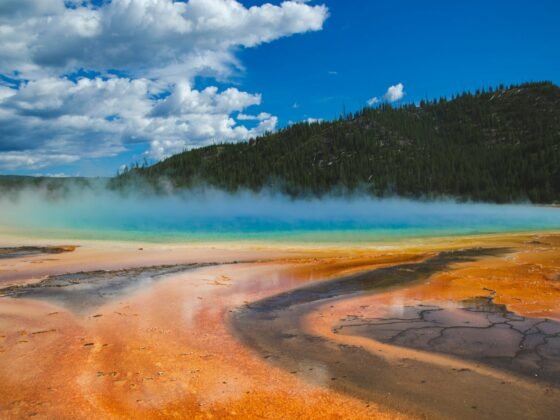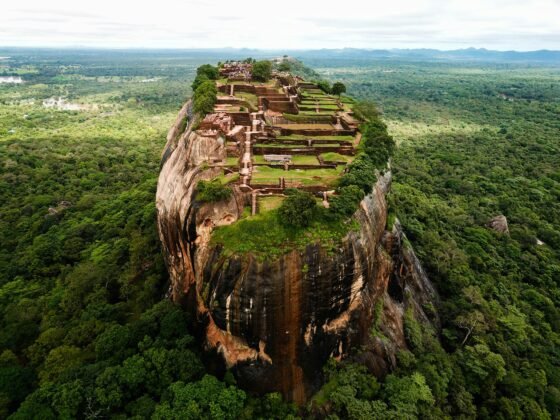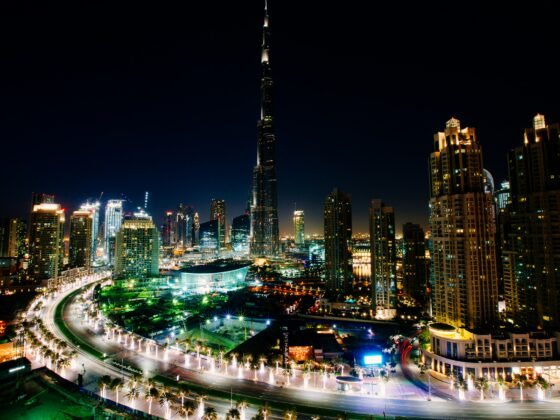Literally the coldest inhabited place on earth is Oymyakon in Siberia which dipped to a staggeringly cold minus 71 degrees C in 1962! We’ll never moan about the weather again when locals regularly face winter temperatures of minus 45 degrees C.
Siberia comprises most of the northern Asia continent which consists of the central through eastern section of Russia and also stretches to the Chinese and Mongolian borders. Early in Siberia’s life, the country was mostly inhabited by early groups of Nomads. However, further migration through the country by various Nomad groups let to further occupation by the various groups. Although around the early part of the 13th Century B.C., the Mongolian people battled the Nomad groups and took over majority of their land.
This led to the Yakuts groups migrating to the northern parts of the country due to the Mongolian invasion. By the 16th Century B.C., Russia began to gain power within Siberia and by the 17th Century, there were up to 230,000 Russians living in Siberia. By the late early 19th Century, the Trans-Siberian Railway had finished construction and successfully linked Siberia and Russia together; this allowed more rapid expansion and industrialization of the country due to Russia’s involvement. Around the 20th Century, Siberia experienced an expansion of industrial towns throughout the area.
Siberia has significant amounts of natural minerals that contain ore deposits. Such ore metals that are found in the land include coal, lead, gold, diamonds, gypsum, silver, zinc and many other natural resources such as oil and natural gas within the Earth’s soil layers. While Siberia is typically a Tundra climate, there is about a one month long summer near the north coast. However, the majority of people living in Siberia live in the southernmost part of the country. Here, the winter last around 8 months with temperatures reaching as high as 10 degrees Fahrenheit in the daytime and as low as four degrees Fahrenheit in the night-time. Although, the four month long summer offers temperatures as high as 78 degrees Fahrenheit in the daytime around July and as low as 43.5 degrees Fahrenheit in the night-time around September.
The regions of Siberia include Western Siberia, Krasnoyarsk Krai and Eastern Siberia. These various regions contain different cities in each. Out of these regions, there are multiple cities that are most popular for visiting. These cities include Barnaul, Kemerovo, Novokuznetsk, Tyumen, Omsk, Tomsk and others. Out of the lakes included in the area, Lake Baikal is a popular tourist attraction. This lake was formed 20 to 25 million years ago and is one of the world’s freshwater lakes. There are many different regions of Siberia that one may visit, although one should keep in mind that since Siberia is such a large country, it may take a considerable amount of time to visit all the areas especially since most areas cannot be reached by driving.
The Trans-Siberian Railway is used to get to majority of areas within Siberia. It is typically best to reach the Trans-Siberian railway by boarding the Baikal-Amur-Railway that is near inner cities. One is sure to get to their destination taking the Trans-Siberian Railway as it stretches from the city of Vladivostok to the capital Moscow in Russia. While on the train, there is beautiful scenery that one may appreciate, however there are other beautiful places one may visit as well.
For things to do in Siberia one may hike the mountain areas or even go mountain river rafting. The Mountainous Altai area is a popular tourist destination in this area. Cross-country skiing and other alpine sports are also popular in this area. Among visiting the mountains, there is also the chance to meet the local Nomadic groups in the surrounding area to learn about the local cultures. The Khanty Nomad camp is located in the city of Kazym, while the Mansi Nomad camp is located in the city of Yasunt.
Besides trekking the mountainous region and visiting the Nomadic camps, there are also other activities such as trying the local cuisine. This can included meats or fish that are raw and slightly frozen and Mongolian cuisine consisting of beef, lamb and baked foods. Lastly, there is also the Yakut style cuisine which combines aspects of both the traditional Siberian diet and Mongolian cuisines. This can include thinly-sliced pieces of meat or fish that have been spiced, various cooked beef dishes and also various mushroom varieties may also be eaten.
And remember; there’s no such thing as bad weather, only bad clothing!












